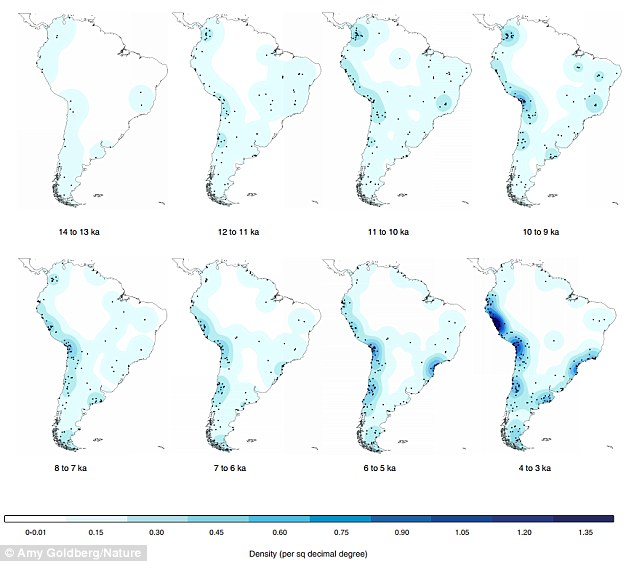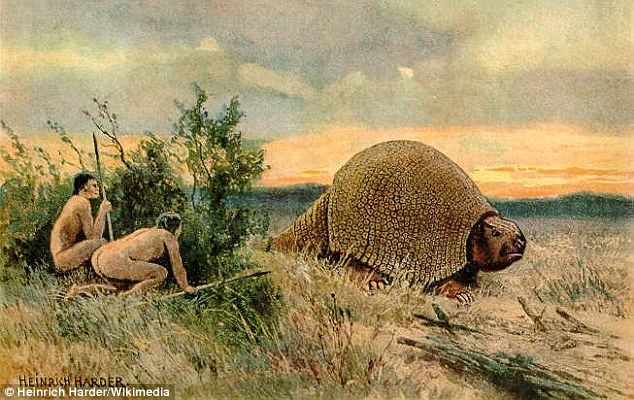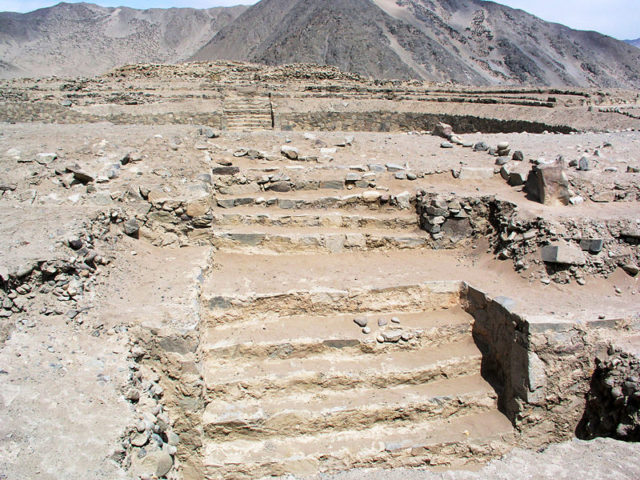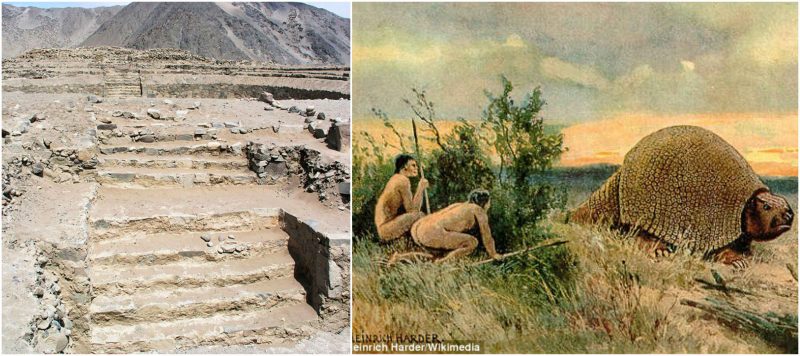Considered as the last habitable continent conquered colonised by humans, new evidence suggests conquering the Americas was a much more challenging endeavour for prehistoric humans than was previously thought.
Researchers have discovered that the colonisation of South America took place in two large waves some 8,000 years apart.
The first wave of humans to arrive on the continent were Palaeolithic hunter-gatherers. These explorers lived in small, yet safe, colonies and did not spread deep into the continent. Another important factor was that these humans did not successfully flourished in the region, and their population stayed in perilously low numbers.

However 5,500 years ago, the population in the South America suddenly shifted from a sort of nomad lifestyle to more settled communities, and thus a population surge began on the continent. From then on, the population continued to increase and touched the mark of one million approximately 2,000 years ago.
The First Americans
When the first humans set foot on America all they could see was a massive continent of ice. Yet these humans were able to make their way into the hostile region not once but twice. Recent studies suggest that ancient humans tried to inhabit the Americas on two separate occasions and were quiet successful the second time around.

The analysis of DNA from mummies and skeletons found in the Americas suggest that these people came from a region called Beringia, now a land bridge across the Bering Strait. It was also believed that these settlers made their way into the North American territories some 16,000 years ago and spread down the coastal regions.
However, recent studies point towards the human presence on Americas as far back as 19,000 years ago. The first settlers in America, known as the Clovis culture, were first believed to have lived on the continent 12,500 years ago, where they made weapons from fine fluted stones carved from the mountains.
Recently an anthropologist from the Vanderbilt University in Nashville Tennessee studied some new discoveries unearthed at Monte Verde in Southern Chile, which completely changed the old narrative about the early settlers in Americas.
Writing about the early settlers, biological anthropologist Amy Goldberg discusses the ways the ancient humans potentially manipulated the environment. She suggests that human possess a unique ability to manipulate their surroundings to an extent that makes it favourable for their existence. The impact of this ability, and the tools and materials left behind, are what now allow us to track mankind’s spread across the Americas.

Miss Goldberg and her colleagues painstakingly went through the piles of evidence about early life on the American continent to form a clear picture of the first settlers’ behaviour towards the harsh conditions.
They suggest that humans moved into the new continent sometime between 14,000 years to 5,500 years go. Slowly they adapted to the environment and later tried to manipulate the habitat by domestication and agriculture, and they moved even further inland leaving their comfort zones on the shores of South America.
